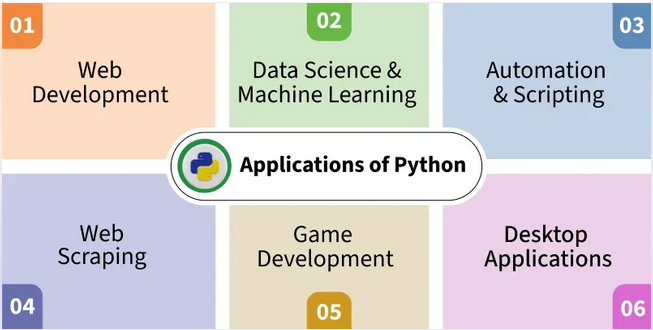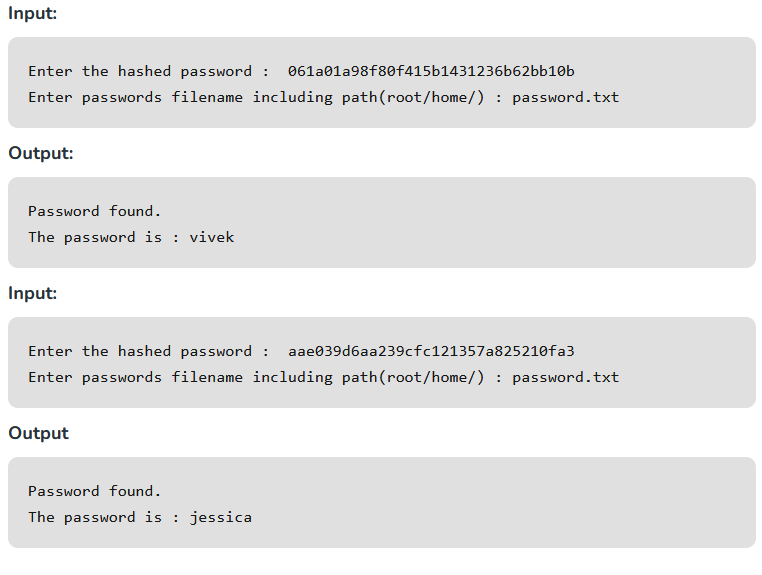ethical hacking course, ethical hacking, hacking course, hacking, ethical hacking full course, ethical hacking course for beginners, ethical hacking for beginners, hacking course in hindi, ethical hacking tutorial, ethical hacking course online, what is ethical hacking, learn hacking, cyber security course, free ethical hacking course, ethical hacking course in hindi, ethical hacking tools, ethical hacking edureka, ethical hacking tutorials for beginners, hacking course free, ethical hacking careerOverview
You will become Pro Hacker after learning this Course in Your local Language Hindi. You will be able to hack Android Phones WhatsApp social media and computer hacking in Hindi. you will learn about rat worms trojans and different types of viruses and malware. You will learn how to find the target and scan the target for vulnerabilities and remove their vulnerabilities to make a successful exploit.
Requirements:-- Basics Knowledge of Computer
- Windows Operating System 7/10
- 1 GB RAM
- Dual-core processor
- 20 GB HD
- Ultra HD Videos
- Course length is 6 hours
- Ethical and Black Hat hackers
- Penetration Testers
- Security engineers
- Network engineers
- IT security professionals
- Computer Professionals
- Anyone who wants to learn how to Hack in English
- Anyone using internet
- Anyone who wants to know the blackhat hacking world in English
- Anyone who wants to secure their data
- anyone who wants to learn blackhat hacking in EnglishA hacking full course in Hindi below also checkout Subscribe to our Youtube Channel ( Coming Soon )if face any problem in downloading or any other error please Comment below we will fix it. Hacking full course in English/Hindi also checkout our Courses Here. max bulk mailer pro with key also checkout our
DarkNet Ghost 💀
 Darknet
Darknet






Comments